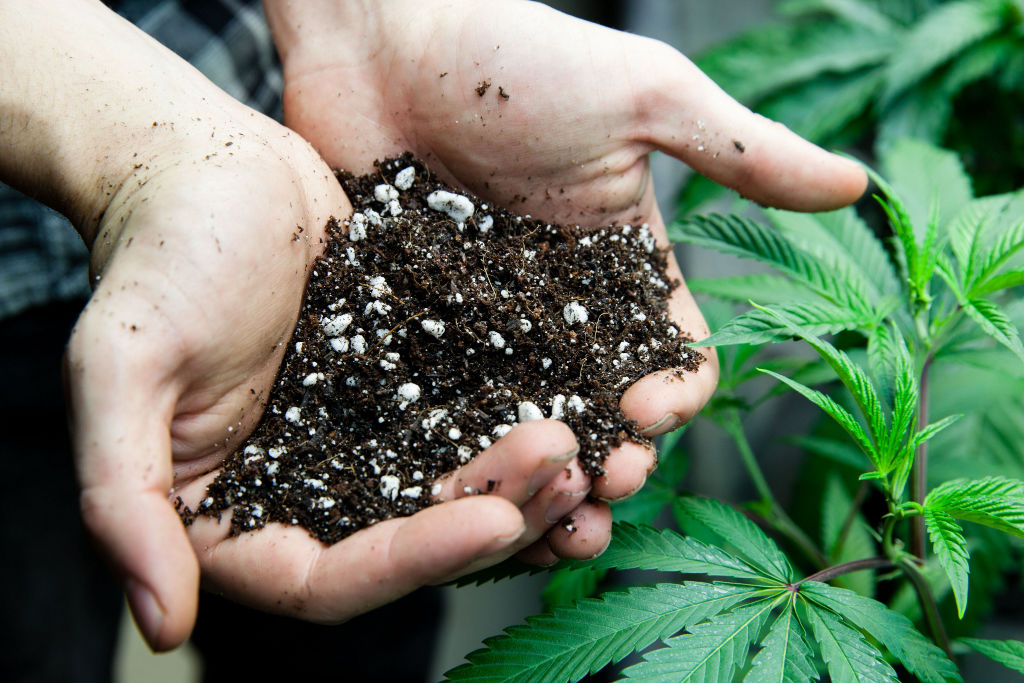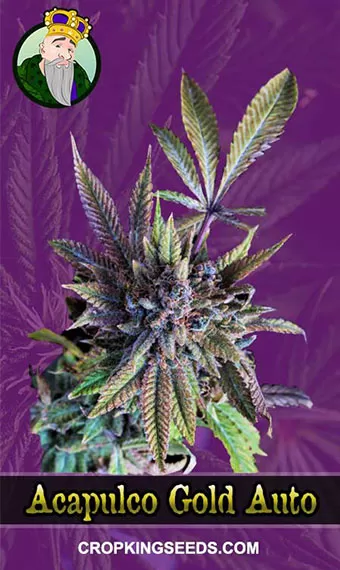When you’re working to give your cannabis plant all that it needs to grow, it’s key to understand what type of soil is the best fit. While it seems like this should be easy to figure out, it can get a little complicated. Different types of cannabis plants require different types of soil, and understanding your plant’s unique needs is key to supporting optimum growth.
Here, we’ll explore everything you need to know about choosing the best soil for your cannabis plant.
A Quick Note: Store-Bought Vs. Homemade
One of the first questions newbie growers have is whether it makes more sense to buy soil for cannabis plants from the store or to scoop it up from the backyard. If you’re new to growing cannabis plants, it’s smart to purchase high-quality soil from your local home and garden store. In most cases, this soil has a near-perfect range of nutrients for your plant.
If you’d rather go the homemade route (we get it), we’ve got you covered. Here, we’ll dig into the different types of soil, the percentages you’ll want to shoot for if you decide to make soil on your own, and what you need to know about pH to help your plants grow and thrive.
Soil Considerations
Whether you decide to purchase premade soil or you want to create your blend to support your cannabis plants, there are several factors that you’ll need to consider to create the perfect cannabis plant soil.
When choosing your soil, you’ll want to think about:
- Drainage: For cannabis plants to thrive, they need to be able to drain easily, so you’ll want to choose soil that allows water to flow through it easily. If you see water pooling on the top of your soil, it’s a sign that the soil isn’t a good fit for cannabis plants. Poor drainage can result in poor plant health or can cause your plants to die prematurely.
- Texture: Loose soil is best to support the growth of cannabis plants, as it allows plenty of oxygen to reach the roots of the plant. If your soil is heavy or packed, it’s likely not a great choice.
- Nutrients: Your cannabis plants will need plenty of nutrients to grow, so you’ll want to make sure that you’re choosing nutrient-dense soil. At the beginning of the growing process, your soil will likely have all the nutrients your plants need. After the flowering process begins, you’ll likely need to add more nutrients to the soil (like compost or worm casings) to help replenish lost nutrients.
Types of Soil for Cannabis Plants
If you’re making your soil, it’s important to know what you’re working with so you can determine how well your soil will support your plant’s growth. An important note: often, you’ll find that the soil in your backyard (or the soil you create for optimal growth) contains a mix of different soil types.
Here, we’ll explore different types of soil so you can decide what option is the best choice for you.
Silty Soil
Have a cannabis plant that needs a nutrient boost? Silty soil is where it’s at. Loaded with minerals and nutrients, silty soil does a good job of retaining water. One issue: you may find that your silty soil is a little bit too good at holding water, and can’t provide the drainage that your plants need.
Sandy Soil
Sandy soil can be a solid home for cannabis plants, as it has great drainage that can keep oxygen levels high, facilitating strong plant growth. You’ll likely also find that sandy soil is easy to work with, especially if it’s your first time trying your hand at growing cannabis.
Clay Soil
Clay soil is super-rich in nutrients, but it can be a pain to work with. It’s heavy, it doesn’t drain well, and it’s likely not a good fit for you if you’re just getting started with growing cannabis plants.
Loam Soil
This soil is a hybrid of clay, silt, and sand, and is heavy with the nutrient compounds that your plants will use to grow. This type of soil is great for cannabis, but it’s fairly expensive, and may not be the best fit if you’re trying to grow on a budget.
Creating Your Cannabis Soil
If you’re ready to take matters into your own hands and create soil for your cannabis plant(s), we’ve got you covered. You may need to experiment with your recipe to find what works best for your particular plants.
If you decide to get started with soil you collect outside on your own, you may need to do some more experimentation than if you purchase soil from a gardening center. Knowing the additives of purchased soil can help you figure out what’s working well (and what’s not working well) for your plant.
If you’re buying soil at a store, you’ll want to look for ingredients including peat moss, pine castings, vermiculite, perlite, coco fiber, rock dust, and manure.
After you choose the basis for your soil, it’s time to add components that will boost the health of your soil–and the health of your plants. Adding compost, worm castings, and/or humus to your soil can help ensure that your plants get the nutrients that they need.
pH Considerations
pH is a scale that measures the acidity or alkalinity of a material. The pH scale ranges from 0 to 14, with lower numbers being more acidic and higher numbers being more basic (or alkaline). pH is an important consideration when it comes to growing cannabis plants. You’ll want to shoot for a pH of 6.0, as cannabis plants thrive in slightly acidic soil. Try to keep the pH range of your soil between 5.8 and 6.3. Testing the pH of your soil regularly can help you make sure that your plants stay healthy.
The Bottom Line
If you’re growing cannabis for the first time, it’s exciting to see how the different changes you make to your soil can affect the growth of your plants. The climate and humidity of your region can require changes to your soil, so it can be smart to connect with other growers in your area for tips and tricks that can help your plants thrive.


















